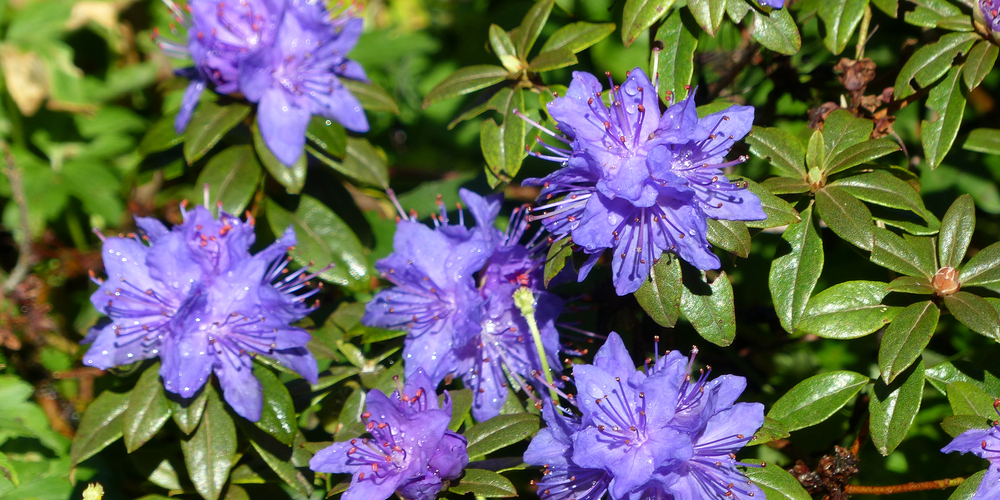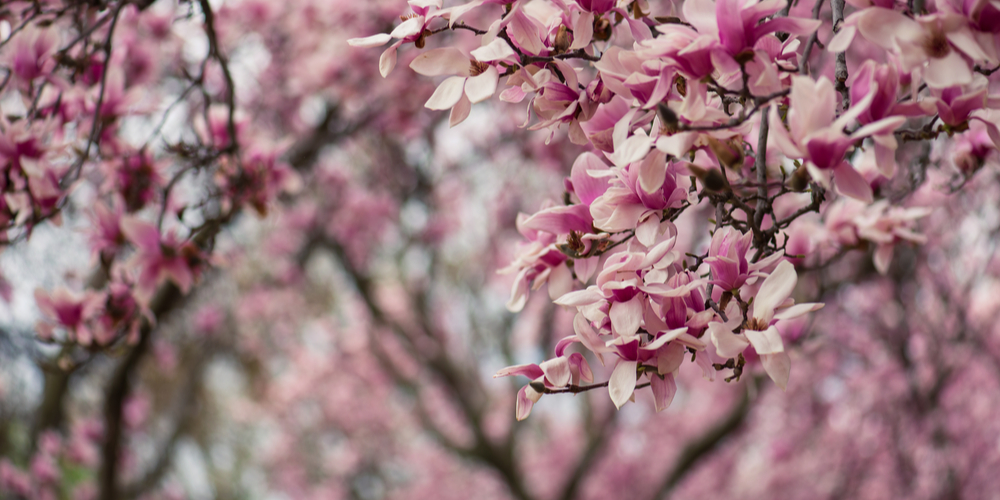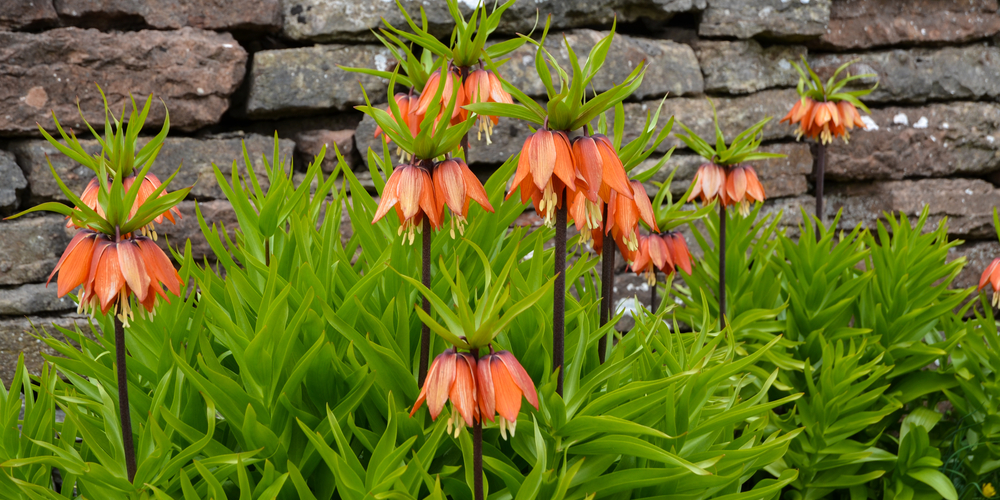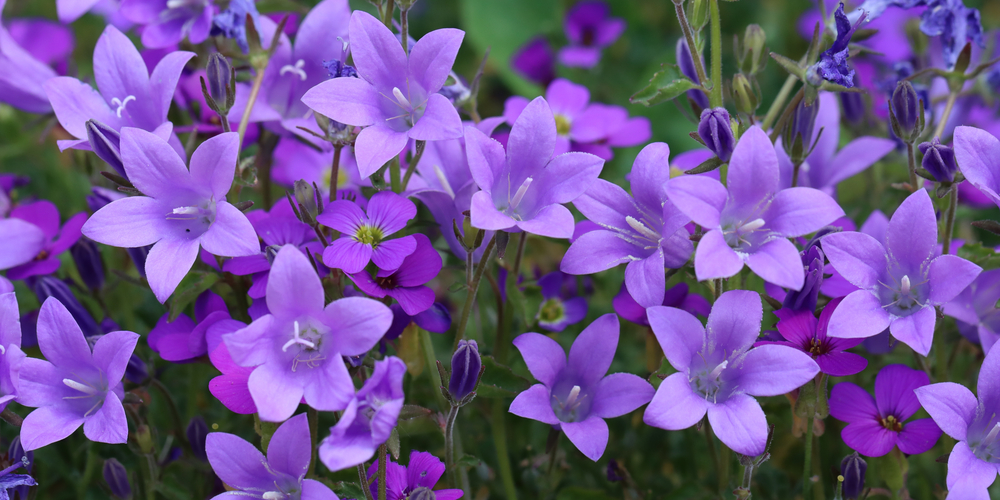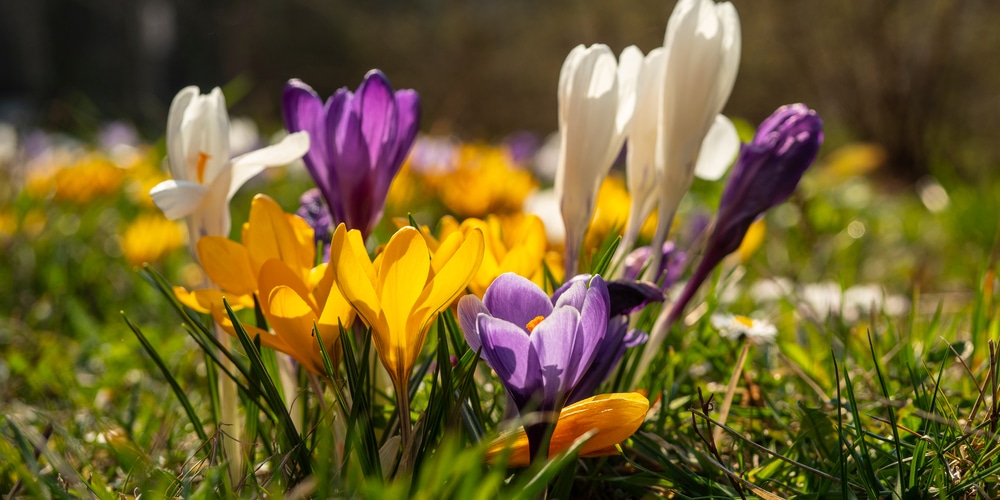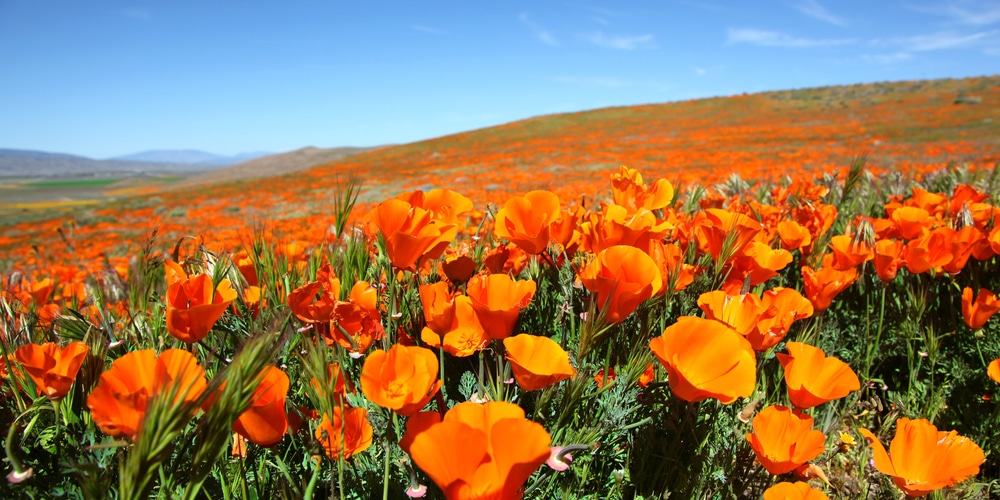Love your tulip plants to bits and wish that there were more of them around? The truth is, there are trees with flowers that look like tulips. However, unlike traditional tulips they might require a different kind of care.
Come and see our list of trees and plants with flowers that look like tulips.
Trees with flowers that look like tulips
Tulip Trees
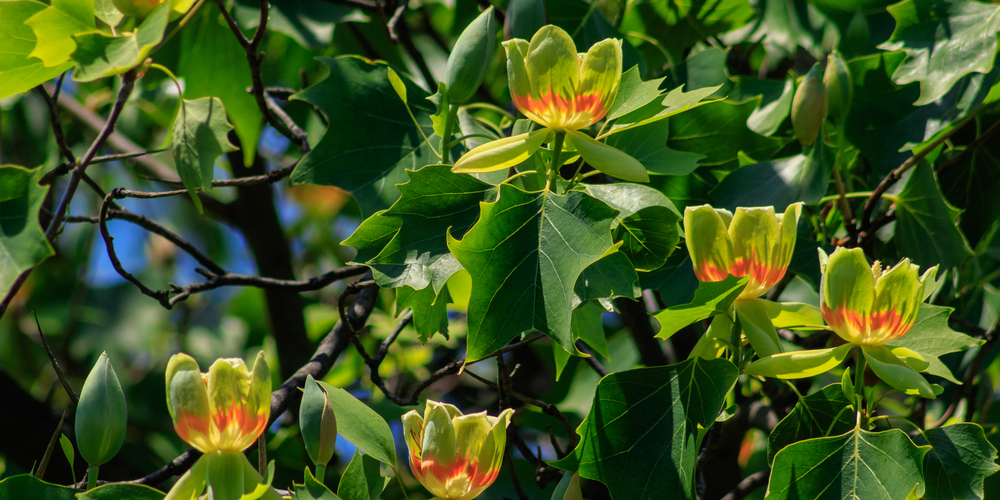
Yes, there is such a thing as tulip trees, and they’re called that because of the tulip-shaped flowers they produce.
Keep in mind however, that tulip trees only produce blooms when they reach maturity. Also, they’re generally quite tall unless you specifically pick a smaller variety. Those with a small yard or landscape will have to settle for ‘Little Volunteer’ or the ‘Fastigiatum’.
Cup-shaped blooms assume a lot of color, including pink, white or reddish purple and can reach up to 6 inches. Tulip trees are hardy in zones 5 through 9 but thrives in warm climates and less severe frost.
Tulip poplar require full sun and plenty of water while young and are native to North America.
Little Volunteer
A tulip tree variety that’s smaller and more manageable, ‘Little Volunteer’ also produces cup-shaped blooms when the time is right and when you meet all its conditions.
The mini-version of the tulip tree only grows up to 25 or 30 feet, and it can live in areas where there’s part shade. However, growth might be compromised but it’s a non-factor in small yards.
Flower color for Little Volunteer can range from orange to yellowish green, with green foliage and an upright growing habit. It’s relatively easy to grow compared to its larger-sized counterparts and does well in streets and busy areas.
Fastigiatum
‘Fastigiatum’ doesn’t have the spread of most magnolia trees- it keeps rather columnal in terms of growth habit. This makes it the ideal tree with tulip-like flowers in tight spaces or in corridors where you want natural greenery.
Unlike the tulip tree, fastigiatum has less of a cup-shaped blooms, but they’re equally fascinating and long-lasting nonetheless. The petals assume a green-white color while the inside is a bright orange beacon calling out to birds and insects.
This type of tulip tree requires bright sunlight and constant watering- make sure that the soil won’t dry out so it can stay happy and thriving.
Japanese Magnolia
The Japanese Magnolia, or Magnolia soulangiana can grow up to a maximum 25 feet and features several cup-shaped flowers come springtime. If you’d look closely the inner parts of the blooms are usually white while the outside can take on a light yellow, reddish-purple, rose-purple or lavender and pink hues.
Japanese magnolias are excellent yard and landscape additions. The deciduous species will lose its leaves in the cold season, which makes the flowers stand out even more. As for care, you’ll want to put it in a spot where it gets partial sun and not too near the house (it needs plenty of room to grow).
Crown Imperial
Fritillaria imperialis is technically not a tree but it does produce an interesting cluster of bell-shaped flowers that are hanging upside down. It can grow up to three feet in height and make an excellent border.
Depending on the color of the flower you can choose from ‘Rubra Maxima’ for red, ‘Prolifera’ for orange or ‘Lutea’ for yellow blooms.
Crown imperial is a spring-flowering bulb much like the tulip. It’s neat because only one stem springs out from which there are whorls of leaves and blooms at the end. It’s important that you put them in well-draining soil as bulbs don’t like to stay wet for a long time.
Bellflower
Bellflowers have similar-shaped flowers to that of tulips and can thrive in USDA zones 3 to 8. You can have it as a border plant near your tulip tree or similar species for an arrangement like no other.
The flowers are colored blue violet with a green-white center. Clusters can quickly cover dense green foliage and make for a spectacular show.
In warmer regions it’s recommended that you put them in part shade or partial sun, while in cooler climates they can tolerate full sun. Don’t forget to water them frequently as they like to drink a lot.
Crocus
Crocuses are mini-tulips, with the closest one being the 6 inch tall Dutch Crocus. They also sport cup-shaped flowers that have a wide range of color options. Those in USDA zones 3 to 8 should be able to grow them in their garden with no problem.
This plant blooms in late winter and invites out bees with its heavily scented flowers.
To make the most of your crocus plant you should put them in a bright and sunny location with well-draining media and lots of organic matter. The best time to plant crocuses in your garden is late fall.
Daffodils
A close relative of tulips not in species but growth habit and environment, daffodils are mainstays in Southern landscapes.
The species of daffodils you get will depend on where you live. There are some that can withstand zone 3 winter while others prefer USDA zones 7 to 8.
You can put them in containers to gain a degree of control over its lifespan. Otherwise, you can plant the bulbs on the ground in a bright location and medium that drains well.
Daffodil flowers are like tulips and they last a long time as a cut flower in a vase full of water.
California Poppy
California poppies grow quite well in Texas and areas that get warm sun and weather. You won’t have to wait a long time for the flowers, which are shaped like tulips and come in bright orange or yellow. The stems are long and act like tulip plants too, just like other bulb varieties.
This species can be found in the southwestern part of the US and Texas and are ideal in arid conditions. However, they don’t like the cold and may wilt and weaken if exposed to temperatures below 20 degrees F. Flowering period is from April to August.
Related Article: How Long Do Tulip Bulbs Last?
